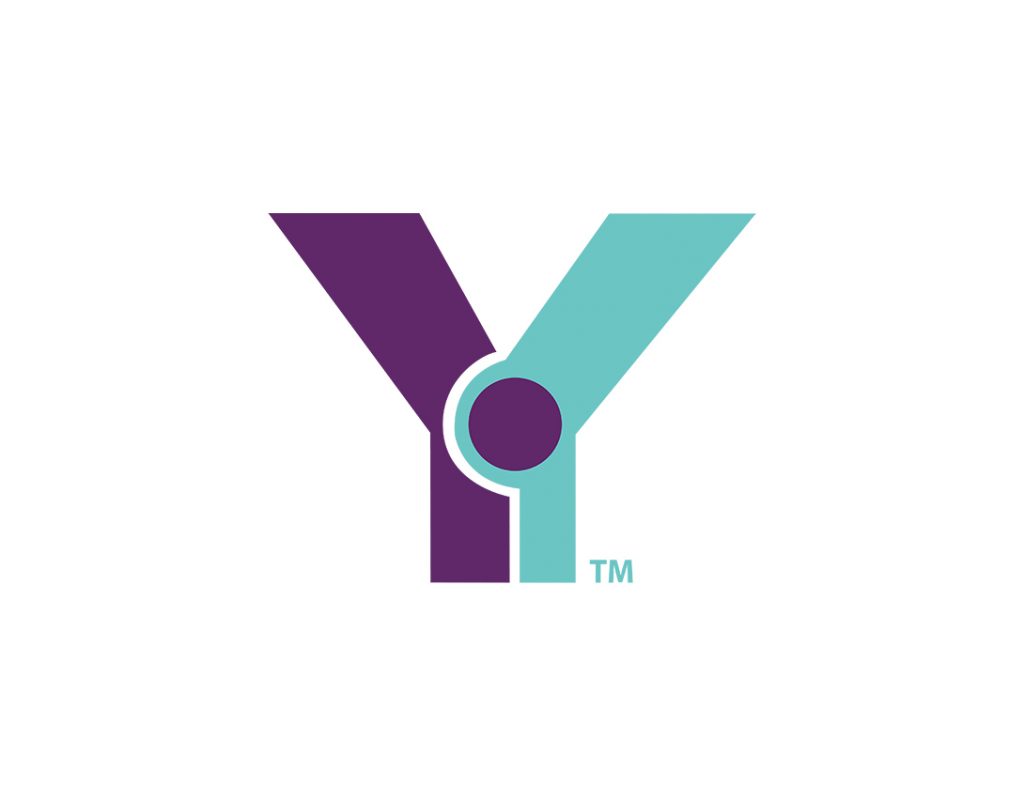Judaism is both a religion and culture of legacy. Rituals alone show the importance legacy plays in tradition. Every Shabbat, the Jewish day of rest, families’ light two candles, symbolizing two acts: to remember and to guard. These two verbs could be the motivation behind most Jewish rituals. Jews remember where they came from, and they guard against forgetting how that legacy shaped them today. Some rabbinical commentators see remembering and guarding as the two paths towards responsible living.
Responsible living refers to the role we have in life. We have a role to live; we also have a role to remember. If we emphasize one, we’re incomplete. If we study the past and never apply it, we have forgotten its lessons. If we live in the present and ignore the past, we again forgotten its lessons. Therefore, to fly in life, we need the two wings of life, remembering and guarding.
Following these two paths, then, is the engine of Jewish survival, resiliency. Resiliency becomes the power to overcome life’s triumphs and build from those triumphs to the next levels of life. Step by step, stone by stone, Jews sees the present generation as preparing the next generation for its arrival. One often cited concept used to describe this process is tikkun olam, a Jewish mystical term meaning, “to repair the world.” Tikkun olam is often the answer to why the world was created; humanity has a role to take creation and make it whole. Through every day acts of survival and triumph, the Jewish soul paves the way for all of creation to be whole.
Many German, Austrian, and other European Jews fled their countries as refugees and settled in Washington Heights. Before escaping or being released, they were subjected to humanity’s darkest hour and longed for the meaning behind the senseless violence. Communities once seen as homes were now unfamiliar; friends became foes. The world turned its head against the Jews. Hope seemed a price too expensive to have, but many Jews continued to hope. Meaning, for them, will one day come.
Once in America, they continued to examine their larger sufferings and tried to find meaning behind their lives. Many had survivor’s guilt. Others asked why am I here? Not finding answers, they lived seeking solace in repairing the world around them. Their motivation was to connect with the community around them and make it stronger. Hitler and his regime brought isolation; they’ll bring connection. Hitler was to disconnect the Jews from the world; they’ll connect the Jews to the world.
When mourners are greeted by families and friends, whenever the deceased are mentioned, the custom is to bless the deceased with the words, “May their names be a blessing.” This phrase refers to seeing their lives as inspirational role models and turning difficult experiencing into empowering forces. Holocaust survivors made their destroyed communities and families a blessing by the resiliency in their lives. In the words of the popular song, Am Yisrael Chai, the people of Israel live.
Jewish interviews captured and narrated by Jack Womack, an American writer and photography by Roy Rodriguez, the Y remembers and guards the German Jewish legacy of Washington Heights by presenting their life stories of inspiration and survival. No one story can reveal the horrors of the Holocaust, but one community can tell of their survival.
To get involved in the project please contact Victoria Neznansky at vneznansky@ywashhts.org
By David Huggins



